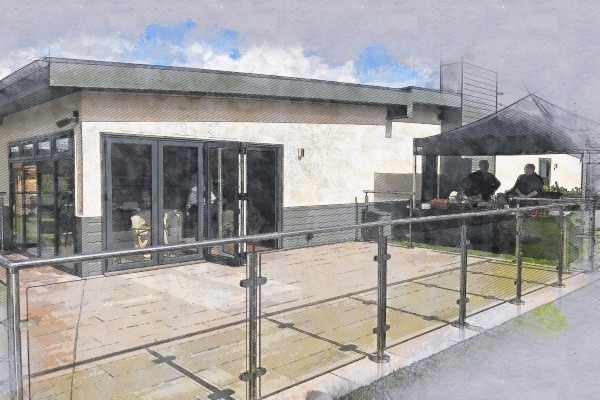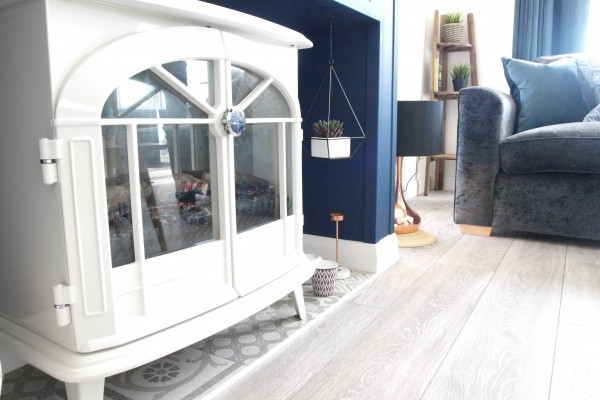

GUEST BLOG ALERT!
We are thrilled to welcome our newest Guest Blogger: Holly Shaw
Construction is one of the most dangerous places for workers. It can be chaotic since it involves a number of people at a given time, each has his own task and agenda. Oftentimes, the simplest health and safety measures are overlooked.
Workers face constant risk when working with big, power-tools and machineries, height, environmental hazards and even the materials present in the area. For this reason, working on construction sites poses serious risks to everyone present.
In fact, in 2017 construction was said to be the industry that recorded most fatal injuries to its workers. The dangers often depend on the type of work workers need to carry out. Here are the top 10 risks and hazards in construction sites:
- Electricity
- Asbestos
- Working on high areas
- Moving large objects
- Falls, trips and slips
- Noise
- Collapsing trenches
- Hand/arm vibration syndrome
- Airborne particles
- Handling of materials
Do you agree that the health and safety of the staff and workers including visitors are the most important things in the construction site? In short, the safety and well being of everyone present is of utmost importance in any construction project.
David Rowland, Head of Marketing at Engage EHS, knows the importance of safety in business. He claims that “the role of safety in business is vitally important. It is imperative that we are proactive in developing a positive safety culture in our businesses. What we need is a genuine cultural shift, and this can have a profound impact on not just our workers, but also other KPIs such as consumer confidence and reputation.”
Conventional construction methods pose grave danger to everyone involved. However, in modular construction most of the known risks and hazards are eliminated. And it’s for this reason that modular construction was called the future of architecture and construction.
Here are the health and safety benefits of modular construction.
Reduced negative impact to the environment
Modules are the building blocks of modular construction. These modules are manufactured off site using specialist machineries in a controlled environment, therefore it reduces wastes which led to lower environmental impact.
After its fabrication, the modules are delivered to the site with pre-fitted electrics, plumbing, windows and doors. This reduces the overall building operations which result in a faster construction process.
Furthermore, the reduction of onsite building and controlled manufacturing are the main factors that lead to lower risks of construction-related accidents. In fact, according to a report by the CIBSE or Chartered Institute of Building Services Engineers, the construction industry could expect a remarkable reduction in incidents if they adopt the modular construction methods.
In addition, modular construction methods lower the risks of accidents for workers and even the general public compared to conventional construction practices.
Cleaner and safer working conditions
Modular construction allows every safety requirement easily met and applied. As a result, it enables the highest possible quality while reducing defects. Moreover, it also improves the quality control process.
With safety concerns, offsite manufacturing lowers if not totally eliminates slips, trips and falls especially when working in heights. Not only that, but it significantly reduces onsite labours. This includes manual lifting and handling of materials, goods and even heavy machineries.
Reduce waste
Modular construction is an eco-friendly construction option. In fact, it requires about 67% less energy compared to conventional construction methods. Let’s see the statistics. Modular construction eliminates up to 50% of all onsite activities which results in 90% less vehicle movements. This means lesser CO2 emissions.
Because there few people are working onsite, it potentially reduces onsite working hours of up to 80%. Offsite construction also eliminates the use of hazardous materials thanks to the COSHH or Control of Substances Hazardous to Health requirement.
It significantly lowers environmental impact due to the reduction in noise, packaging wastes and emissions. All of these factors are all resolved within the factory which often lead to efficient environmental control procedures including materials.
In addition, modular construction operates in accordance with specified sustainability standards like: BREEAM, AECB or Passivhaus. This also lowers energy consumption and operational costs.
Specialized safety training
Health and safety is the primary concern of modular construction. In fact, one building solution created the abbreviation HEART which means, Help Eliminate All Risks Today for their daily procedures.
Moreover, modular construction was created to implement all safety measures to ensure an accident/incident-free construction environment. Offsite factories are operating under the health and safety legislation. In fact, they religiously follow every safety measure during their operations.



